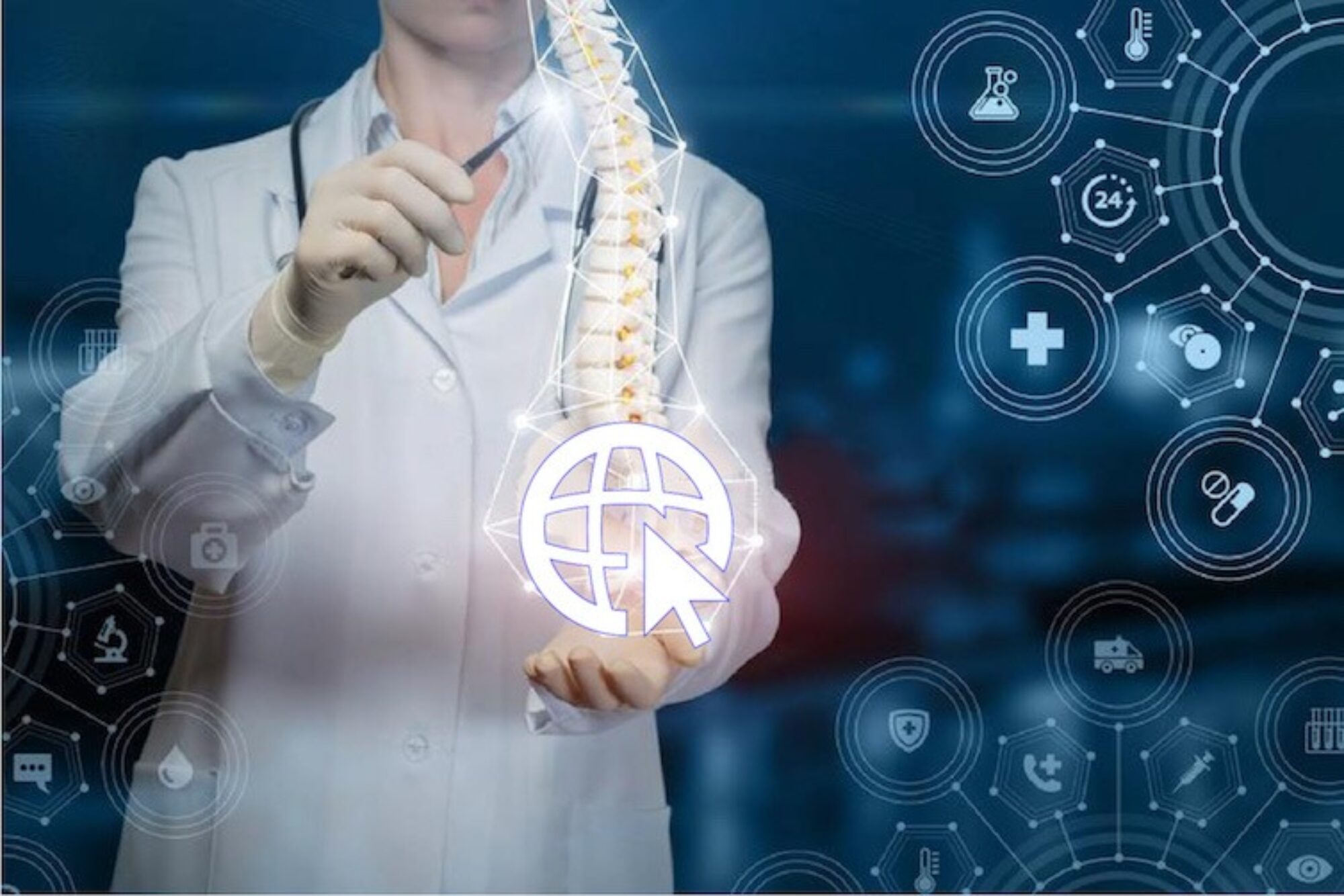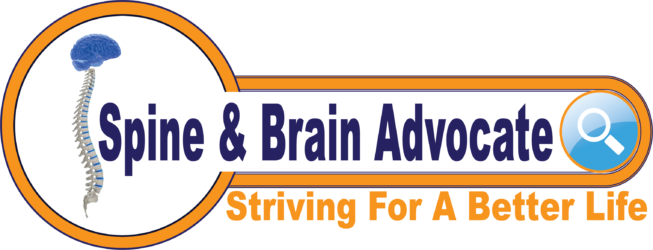Typical Challenges Obtaining a CCI Diagnosis
(1.) A primary care physician’s lack of clinical suspicion of spine and brain conditions , and lack of understanding of the bigger “craniospinal hydrodynamic” picture and congenital, inflammatory and trauma conditions, makes the investigation and diagnosis of craniocervical junction disorders difficult for patients.
One challenge patients most commonly face is that the majority of physicians were educated that craniocervical junction disorders are extremely rare. They have not been trained to suspect craniocervical instability unless there is a case of severe rheumatoid arthritis, high velocity trauma with an unconscious patient, down syndrome, or in very rare cases where a child has a severe upper respiratory infection and develops neurological symptoms (Grisel’s syndrome). In fact, many patients have been told, “if you had craniocervical instability, you wouldn’t be standing here… you’d either be dead or in surgery” or “craniocervical instability isn’t a legitimate condition”. Essentially, physicians are taught that craniocervical instability (historically, more specifically atlanto-occipital dissociation or atlantoaxial instability) is an acute and rare occurrence and hence, majority do not make the CCJ connection with their patient’s history, physical exam and symptoms, leaving the patient’s without adequate healthcare.
However, leading experts on craniocervical instability, such as Neurosurgeon Dr. Paolo Bolognese mentions in this video, have much better visibility on craniocervical junction pathologies, including adult infections, traumas with conscious patients and congenital conditions like Ehlers Danlos Syndrome. He has examined, diagnosed and treated these kinds of patients in his practice for almost 4 decades. (Note: We do not endorse or have any affiliation with Dr. Paolo Bolognese or any physicians other than our researchers and radiologists)
For patients with Fibromyalgia and ME/CFS, it may be helpful for physicians to be brought up-to-date on recent, preliminary medical studies on Fibromyalgia and ME/CFS patients and their abnormalities of the craniocervical junction.
It would be optimal for physicians to come to an understanding that craniocervical disorders seem to be less rare than previously stated, and to become more clinically suspicious of craniocervical junction disorders. Unfortunately at this moment, the onus is on patients to learn from this website’s CCI Learning Centre (and other reliable sources), and bring whichever articles that are relevant to their treating physician(s) and to advocate for the diagnostic investigations or referrals to specialists outlined in the articles. Lastly, as part of the Spine and Brain Advocate’s mission, it will act as a CCJ change champion leading awareness and advocating change at all levels.
(2.) A physician’s limited knowledge of leading diagnostic tools and craniocervical junction measurements.
Typical current practice guidelines for preliminary screening for craniocervical instability is lateral XRays ( possibly in flexion and extension). This is preliminary diagnostic study to help rule out craniocervical instability but it is by no means extensive.
Roughly in the past 10 years, new imaging technology has definitely advanced, and physicians around the world are beginning to understand the importance of dynamic imaging (i.e. imaging done in different head and neck positions), motion imaging such as the Dynamic Digital Radiography (DDR), and completing CBCT ( best for investigating bony structures and measuring), MRI studies (best for investigating soft tissues) and MR Angiograms and Venograms for a more wholistic view of all of the major components of the craniocervical junction.
(3.) A radiologist’s outdated knowledge and inexperience in craniocervical junction measurements; or in some cases, outright refusal to complete any measurements because they believe craniocervical junction abnormalities are “glaringly obvious”, meaning causing spinal cord compression in neutral supine position (i.e. laying down).
When obtaining a detailed report that includes craniocervical junction measurements, reviews for signs of intracranial hypertension, elongated styloids and the list of common disorders is impossible locally and the wait to consult with an out of state or out of country CCI knowledgable neurosurgeon is months away, you can obtain 2nd radiology opinion reports from our certified and CCI knowledgeable consultant radiologists and get your report in approximately 1 – 2 weeks.
(4.) A patient may need help advocating for healthcare with their local primary care or specialist physicians.
This website focus’ on providing relevant, up-to-date summaries and articles on spine and brain investigations, diagnoses, and possible treatment options, so that patients can have informed discussions with their local healthcare providers. With the speed of information these days, it is nearly impossible for physicians, especially primary care physicians to be up-to-date on all things medically-related, so at certain times, these reference articles can be a helpful tool in advocating for testing, referrals or treatment.

